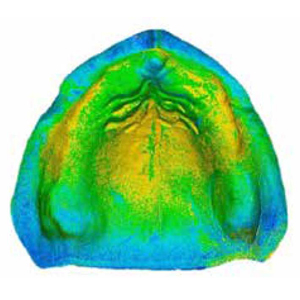Area accuracy gradient and artificial markers: a three-dimensional analysis of the accuracy of IOS scans on the completely edentulous upper jaw

Published: 22 December 2021
Abstract Views: 864
pdf: 493
Publisher's note
All claims expressed in this article are solely those of the authors and do not necessarily represent those of their affiliated organizations, or those of the publisher, the editors and the reviewers. Any product that may be evaluated in this article or claim that may be made by its manufacturer is not guaranteed or endorsed by the publisher.
All claims expressed in this article are solely those of the authors and do not necessarily represent those of their affiliated organizations, or those of the publisher, the editors and the reviewers. Any product that may be evaluated in this article or claim that may be made by its manufacturer is not guaranteed or endorsed by the publisher.


 https://doi.org/10.23805/JO.2021.13.S04.1
https://doi.org/10.23805/JO.2021.13.S04.1








